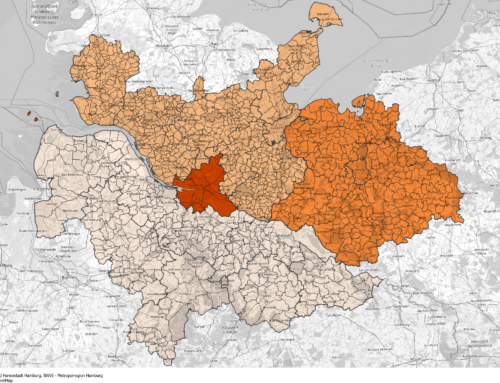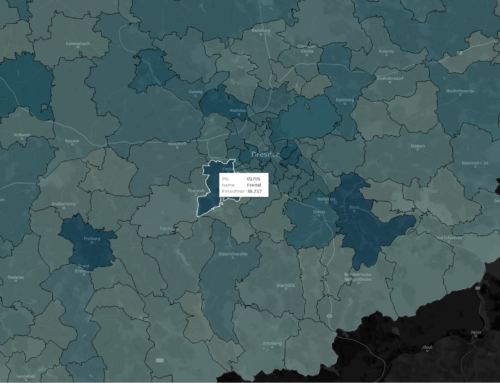Project description
Berlin is growing. a large part of this growth is attributable to the 20 to under 30-year-olds. there are numerous students in this age group. the number of students in Berlin is rising sharply - from 2011 to 2015 there was an increase of approximately 22,000 students, with a new record of 183,000 in the winter semester 2017/2018 - and is fed by large numbers of high school graduates from Berlin schools, but is also influenced by immigration.
With the increasing number of students, several questions arise for Berlin from an urban development planning perspective:
- Where do students live and how do they get to the universities?
- Which living space do students use, which do they need?
- Which infrastructures such as day-care centres, railway stations, bicycle parking facilities, cycle paths, green spaces and cultural facilities are in demand and used?
The Senate Department for Urban Development, together with Freie Universität Berlin, has carried out the project "Determining the Distribution of Student Housing". This project has determined where students enrolled at Berlin universities live or are registered in the Berlin-Brandenburg metropolitan region. Accordingly, it was possible to determine how students are distributed among the Berlin planning areas (PLR) and Brandenburg municipalities. Data from seven universities (FU, HU, TUBeuth College, Alice-Salomon, HWR, HTW) is provided and used.
In this project, I was responsible for content management, conception and data acquisition.
(Note: The project descriptions modified by me and presented here have been created jointly by the respective project participants)
Further information
Period
2015 - 2016
Keywords
Data analysis
Urban development
Housing market
Students

















